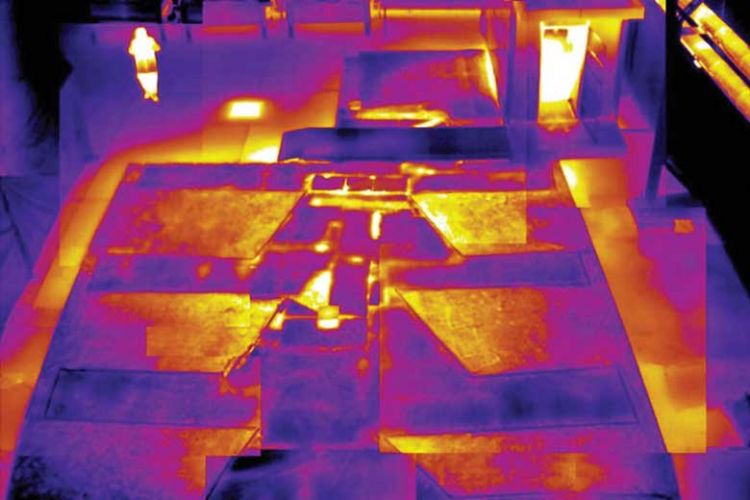Creating new pathways towards sustainable energy

Sponsored by

Sponsored by

VSB – Technical University of Ostrava welcomes international collaboration as it pursues research excellence on a project that could revolutionise the energy mix
In search of viable renewable energy sources, scientists have turned to the skies, oceans and rivers. But while wind, water and solar each have their part to play in the hunt for sustainable power, not every country has access to all three. At VSB – Technical University of Ostrava (VSB-TUO), researchers are looking underground for answers, with the institution’s Geothermal Energy in Special Underground Structures (GeoUS) research project taking an ambitious and international approach to geothermal energy.
The project, which began in January 2020 with support from the European Commission’s Horizon 2020 programme, is coordinated by VSB-TUO. The university works closely with the German research organisation Fraunhofer-Gesellschaft and the University of Vaasa in Finland. VSB-TUO hopes the project will increase its visibility as a centre of research excellence, building on existing research breakthroughs to develop practical energy solutions.
Exploiting the potential of geothermal energy is not easy. Large investments into the sourcing and storage of heat need to be made. Associate professor Jiri Koziorek, head of the Department of Cybernetics and Biomedical Engineering at the university, says the sheer scale of the project demands synergy between academics from a wide variety of backgrounds. “In geothermal energy, there are various issues around drilling and measurement in rock mass,” he says. “My field is the development of the sensors and measurement techniques that we use in these geothermal structures.”
Professor Koziorek works out of the Faculty of Electrical Engineering and Computer Science, but the project also involves researchers in civil engineering, mining and geology. They all play a key role, with the engineering department developing numerical simulations so researchers can model the various scenarios and viability of geothermal sites. “We are starting with stats, with what is going on at the Faculty of Civil Engineering with simulations,” says Professor Naďa Rapantová, who works in the Department of Geotechnics and Underground Engineering.
With installations on such a grand scale, it is crucial that each step taken to advance the viability of a particular geothermal site is supported by science. Statistical modelling saves time and money on the ground. By designing thermodynamic optimisation modules, researchers can assess the energy potential of a site long before any drilling begins.
“We are working not only within water hole heat exchangers but also the utilisation of foundation structures, such as energy piles,” says Professor Rapantová. “Those installations face some problems and risks, and there is a real necessity to avoid building installations on the basis of trial and error.”
With the GeoUS project building on VSB-TUO’s extensive research into geothermal energy, Professor Koziorek believes his institution is ideally placed to attract top-class international research talent to the project. “One big advantage of our team is that we have a real installation of boreholes and heat pumps,” he says. “We are able to verify the results of our simulations.” This dynamic application of practical and fundamental research brings geothermal power one step closer to becoming a viable energy solution.
To find out more, visit: geous.vsb.cz
This project has received funding from the European Union’s Horizon 2020 research and innovation programme under grant agreement Nº856670.